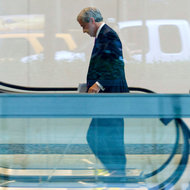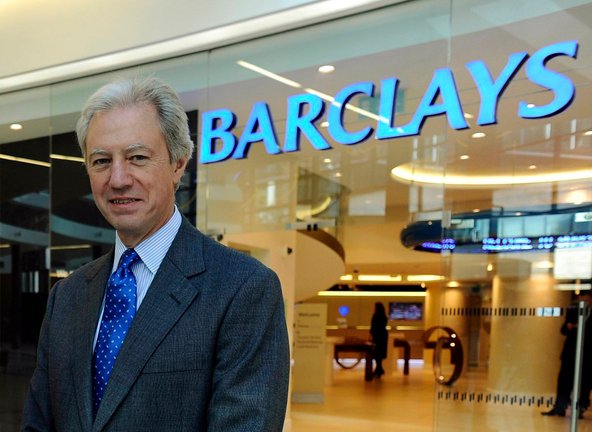Thirty-six of the new accusations are from complainants who were under the age of 18 at the time of the alleged assaults.
The disclosures raise new questions about the workplace culture at the BBC, the behavior of its employees, and what it may have condoned or overlooked over the years. They also show how the broadcaster is still consumed with the fallout from the case of Mr. Savile, a larger-than-life BBC star who died in 2011 at the age of 84 and who was later unmasked as a serial sexual predator with dozens of victims over four decades.
The new figures were first reported by The Daily Telegraph, which unearthed them through a Freedom of Information request. The BBC subsequently made its response available to other news organizations.
The broadcaster would not comment on any specific cases, but it said in a statement that it was “appalled” by the allegations.
“We have launched a series of reviews that aim to understand if there are any issues with the current culture of the BBC or the historic culture and practices from as far back as 1965,” the statement said, “to see what lessons can be learned to prevent this happening again.”
The report shows that 40 of those accused currently work for or contribute to the BBC, while 41 are dead or employees from long ago. Of the 152 separate complaints, 48 involve Mr. Savile, who died before the revelations about him came to light.
Some of the allegations did not involve criminal acts and were investigated internally, the BBC said, while the rest were reported to the police. The police have investigated or are investigating the allegations against 25 of the current employees or contributors, the broadcaster said. So far, the investigations have led to the conviction of one person who is “no longer employed by the BBC” and is awaiting sentencing, the report says.
That is most likely a reference to Stuart Hall, 83, a former BBC personality who recently admitted molesting 13 girls, ages 9 to 17, from 1968 to 1986.
The Savile case provoked a crisis in the BBC, Britain’s public broadcaster, and led to the resignation of its director general and to numerous personnel and structural changes. The broadcaster now faces the prospect of lawsuits brought by victims of Mr. Savile and Mr. Hall and a long period of more investigations into its culture, involving current practices and events from as long ago as the 1960s.
An independent report released in early May, one of many commissioned by the BBC in the aftermath of the Savile scandal, painted a picture of an organization with a “visible, frequent and consistent” culture of bullying, anxiety and fear.
“It may be bullying or harassment, it can be rudeness, victimization or verbal abuse, but whatever the definition or action, people recognize it as simply ‘wrong,’ ” said the report, prepared by a lawyer, Dinah Rose.
The report said that victims were afraid to complain, and that those who did often found their concerns “swept under the carpet or referred elsewhere,” never to be dealt with.
Tony Hall, the BBC’s director general, said at the time that the broadcaster was conducting a thorough overhaul of its culture.
“I want zero tolerance of bullying and a culture where people feel able to raise concerns and have the confidence they will be dealt with appropriately,” he said. “I also want people to be able to speak freely about their experiences of working at the BBC so we can learn from them.”

Article source: http://www.nytimes.com/2013/05/31/world/europe/bbc-receives-new-allegations-of-sexual-abuse-by-its-employees.html?partner=rss&emc=rss

